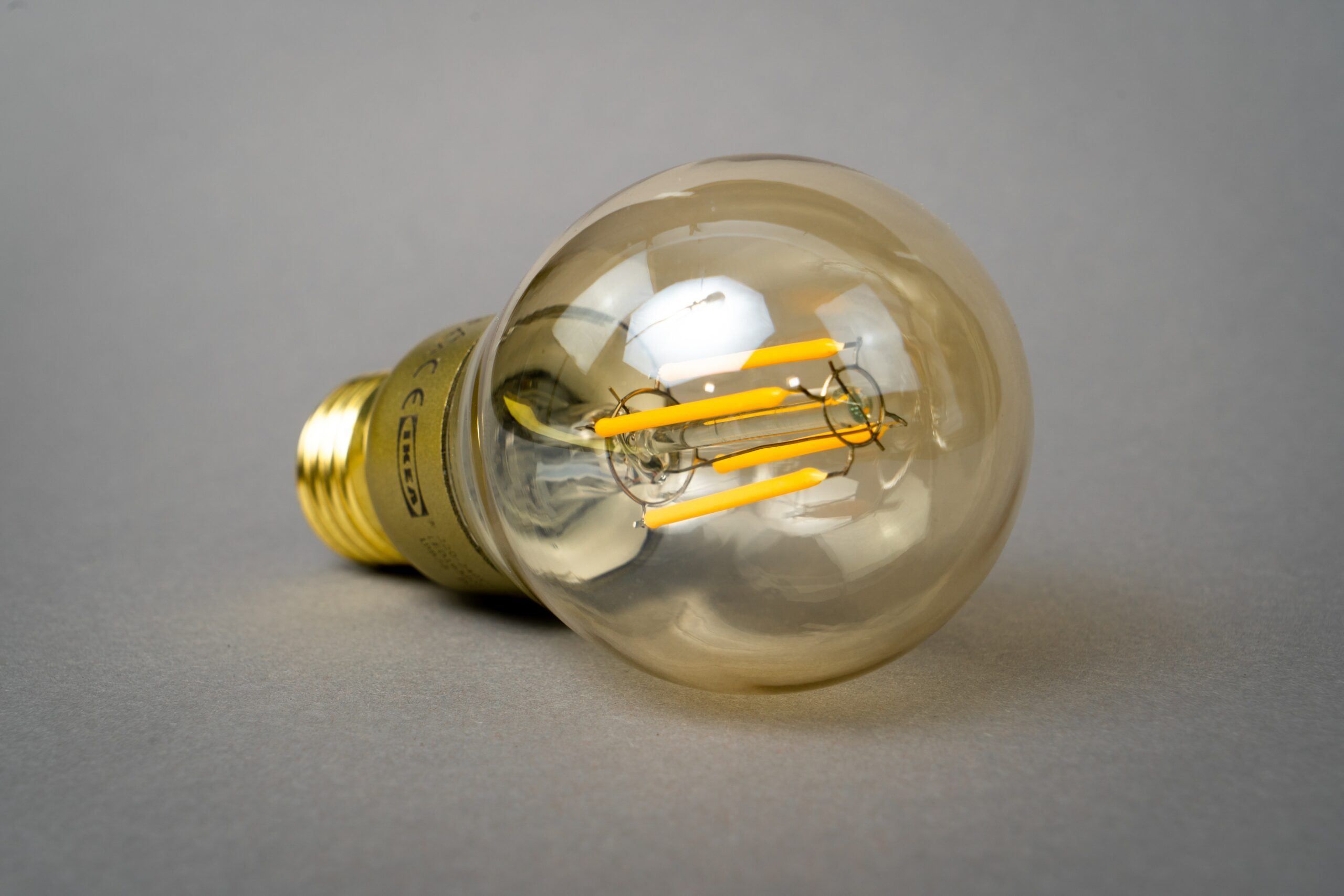Inflation is becoming harder to ignore, and you’re probably looking for easy solutions to save some of that money in your wallet. Thankfully, energy-efficient technology continues to keep pace with the cost of living.
The lighting in your home is likely in use just as much as your air conditioner/HVAC unit. Even on sunny days, opening the curtains may not provide as much light as a bulb of electricity directly over your head. Many of us prefer to have our homes warmly lit throughout the day and evenings. On average, lighting consumes 15% of your monthly electric usage. That’s a significant amount when you consider that central air and heat consist of almost 50% of your usage, and when you factor in all of those other appliances in your home, the space in that pie chart gets taken up quickly, and that 15% percent takes up a big slice of what’s left. Fear not, though, for there is hope for those suddenly running around flipping switches in your home.
LEDs provide the same amount of light while only consuming a fraction of your typical light bulb’s electricity. Making the switch to LEDs can save you money on your next electricity bill and then some.
How do LEDs Save Electricity?
Your typical incandescent bulb uses 40 watts to power a bulb whose brightness has a range of 400-500 lumens. In comparison, an LED bulb uses 6-7 watts to produce the same amount of light. If you wanted to look at something more extreme, like a 2500-lumen light (which hunters and law enforcement use in their spotlights), you’d find that an incandescent bulb uses 150 watts while an LED only uses 25 Watts.
Beyond just the electricity that you’ll be saving, LEDs also have an astounding life expectancy compared to other types of bulbs. The average lifespan of an incandescent bulb is 1,200 hours, and a CFL bulb (the bulbs that look like a spring) may last up to 8,000 hours. Neither of these comes close to the 25,000-hour lifespan of an LED. You would use 20 incandescent bulbs or 4 CFLs during the same amount of time that it would take for one LED to expire. While an incandescent bulb costs around $1 per bulb, that’s still $20 in bulbs. Your average LED will only cost you $4.
LEDs Are a Clear Choice!
If you’re reading this blog, it’s probably because you’re interested in saving money and energy. SPS Electric wants you to know that you can save money by saving energy, and you can do it with a simple switch in the type of lightbulb you choose to use inside your home. LEDs use less electricity than other bulbs, thus, saving you money on your electric bill, and while LEDs may be more expensive upfront, their lifespan more than makes up for that initial cost. Whichever way you decide to look at it, using an LED saves you money and electricity.
At SPS Electric, we aim to find the best solutions for your electricity needs. From powering smart home devices to ensuring you have the correct installations for dynamic lighting, we’re ready to help. Give SPS Electric a call to schedule a consultation today.



